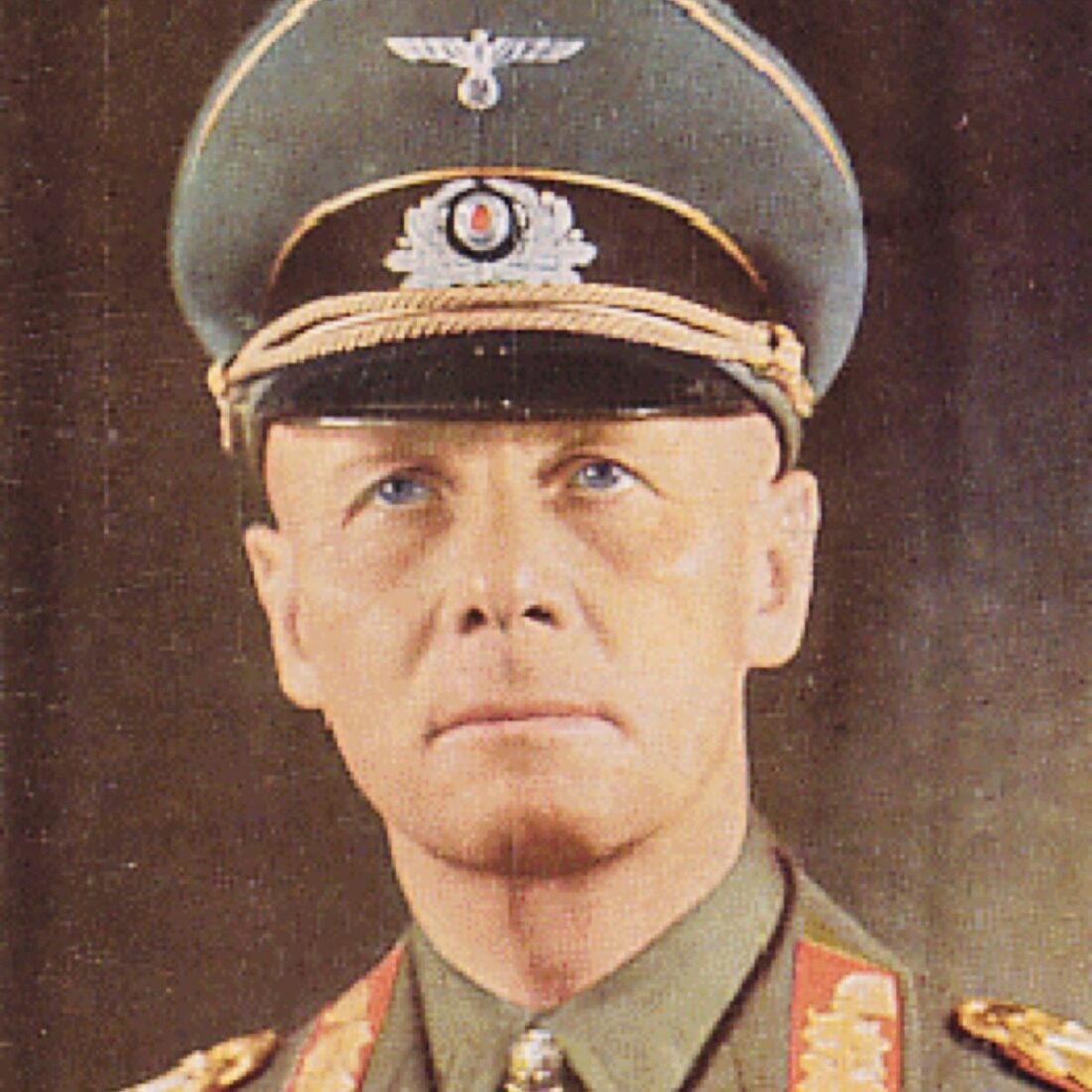World War II was a titanic struggle that raged on land, the high seas and in the air. Its battles unfolded in Europe, the Middle East and the Pacific. They were voluminously documented by an armada of expert cinematographers, judging by World War II in Color: Road To Victory, which is currently being streamed on Netflix.
I watched three of its graphic episodes — The Battle of the Atlantic, The Invasion of North Africa, and The Battle of Kursk. The colorized footage is vivid.The musical score is stirring. The analytical commentaries by British, German and American historians are even-handed and enlightening.
Focusing on the epic battles that enabled the Allies to triumph over the Axis powers and Nazi tyranny, the series starts just eight hours after Britain and France declared war on Germany.
On September 3, 1939, a German submarine sunk the SS Athena, claiming the first victims of the war, as The Battle of the Atlantic states in its opening minutes. Among the passengers who lost their lives were Jewish refugees fleeing Europe and American tourists.
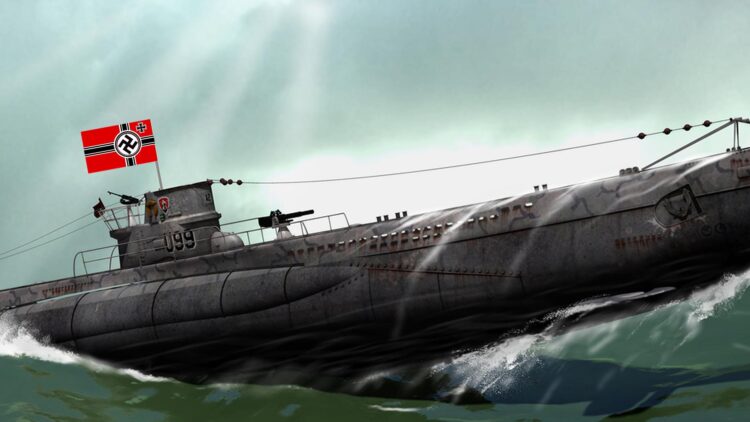
Germany’s propaganda minister, Josef Goebbels, ludicrously claimed that Britain had deliberately struck the vessel to make his country look bad. His flagrant lie was exposed by one of the officers of the German U-boat that targeted the SS Athena. He later admitted he had mistakenly identified it as a warship.
Britain proceeded to impose a naval blockade on Germany, prompting German submarines to attack the British fleet at Scapa Flow in Scotland. The Nazi regime then declared war on British merchant and military vessels plying the Atlantic. Britain was dependent on these ships to deliver 70 percent of its food supplies. In response to German aggression, Britain created the convoy system, deploying destroyers to protect merchants ships.
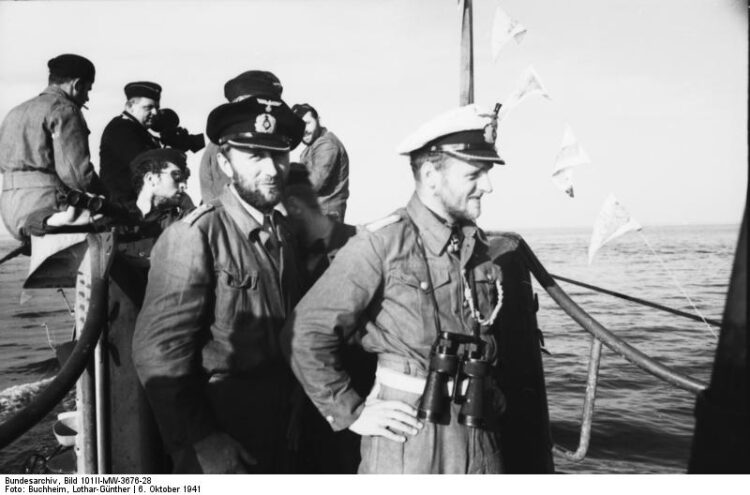
Germany reacted by forming “wolf packs” of U-boats to hunt down convoys. The Germans were quite successful. In the first seven months of the war, they sank hundreds of Allied ships.
British Prime Minister Winston Churchill was very worried by the U-boat peril. He ordered decoders at the Bletchley Park compound to decipher German submarine messages, which were relayed by the Enigma machine. He also requested help from allies such as Canada and the United States.
In May 1941, the British fortuitously found an Enigma machine aboard a scuttled German U-boat. This discovery changed the course of the war in the Atlantic. From that point forward, the Allies successfully homed in on German submarines in the mid-Atlantic. Germany’s losses were tremendous, with U-boat crews suffering the highest death rate of all German forces.
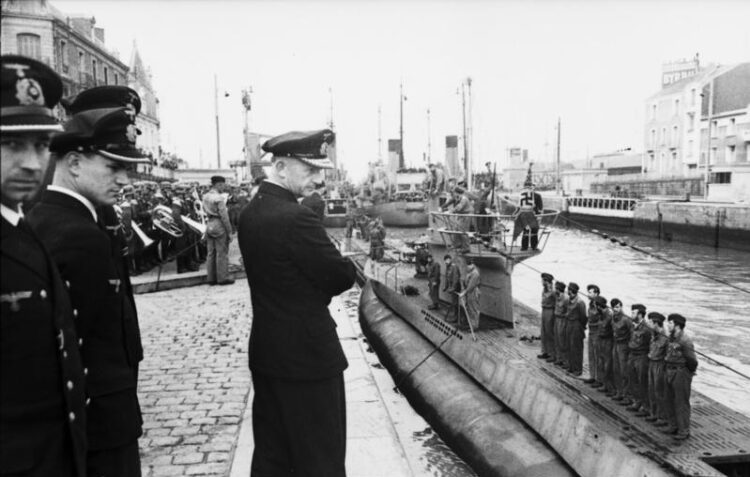
Reading the writing on the wall, Admiral Karl Donitz, the commander of the German submarine fleet, pulled his U-boats out of the North Atlantic in 1943 after 40 of them were destroyed in May of that year.
Thirty five U-boats were sent to Normandy following the Allied invasion of France in 1944, but 30 were lost. By the end of the war, the German submarine fleet, now reliant on inexperienced sailors, was a pale imitation of its former self.
The Allies scored an immense victory in the spring of 1943, when German forces in Tunisia surrendered to American and British troops. The Invasion of North Africa zeroes in on the war waged by Britain and its allies against Germany and Italy in Libya, Algeria, Morocco, Tunisia and Egypt.
The Suez Canal, bisecting the Sinai Peninsula, was at the core of British strategic interests in the Middle East. Being the gateway to Britain’s colonies in Asia and the route through which its vital oil shipments passed, the canal had to be held at all cost.
The story starts in the French colony of Algeria. Fearing the French fleet in Mers el-Kabir would fall into German hands, the British Navy bombarded it, killing 1,300 sailors.
As the Italian army in Libya headed toward the canal, Britain launched a counter-offensive, pushing the Italians back. Rushing to Italy’s aid, Germany dispatched 30,000 troops and a tank force to Libya. The Afrikakorps, as it would be known, was commanded by one of Adolf Hitler’s favorite generals, Erwin Rommel.
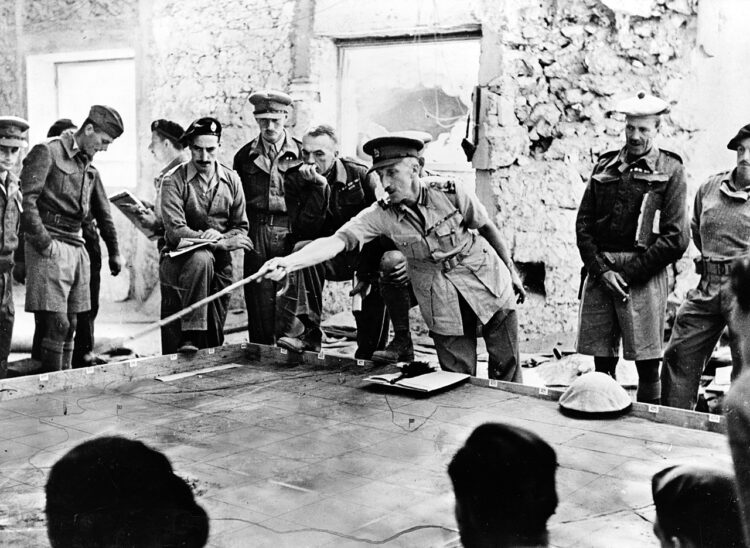
The Afrikakorps pushed toward the canal, but was twice repulsed by Australian troops at Tobruk, near the Egyptian border. Rommel attacked again on May 26, 1942 and routed the Allies. Tobruk fell and 30,000 Allied soldiers were taken prisoner.
Rommel pushed headlong into Egypt and reached El Alamein, which was within striking distance of the canal. In desperation, Churchill pleaded with U.S. President Franklin Roosevelt to send American troops to North Africa, but he demurred and sent fresh consignments of weapons instead.
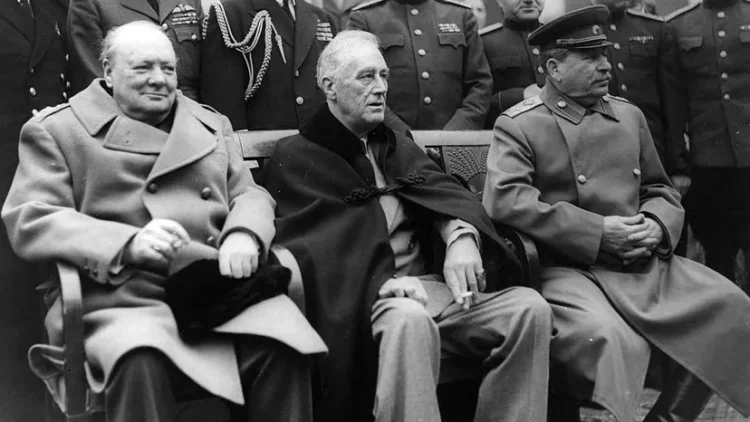
Having fired his generals in North Africa, Churchill appointed Bernard Montgomery as commander of British forces there. Montgomery, equipped with 300 American Sherman tanks, attacked Rommel. Badly mauled, Rommel retreated to Tunisia.
At that pivotal moment in November 1942, the United States launched Operation Torch, its first sustained combat mission of the war. Eight hundred and fifty U.S. vessels, carrying more than 100,000 troops, landed in Algeria and Morocco, in what would be the first amphibian invasion in modern history.
Much to the surprise of the Americans, the Vichy garrisons in Oran and Casablanca opened fire. Eventually, the Vichy governments in Algeria and Morocco surrendered and joined the Allied war effort.
As the U.S. army rumbled toward Tunisia, the Afrikakorps laid an ambush, causing frightful casualties. A new American commander, General George Patton, was appointed. In Patton, an aggressive strategist, Rommel met his match.
In pincer movements coordinated with Montgomery, Patton marched into Tunisia and clobbered the Afrikakorps and the Italian army, taking 230,000 German and Italian prisoners.
This operation marked a definitive turning point in the war and ensured Britain control of the canal.
By the summer of 1943, Adolf Hitler desperately needed a victory on the Russian front. Since Germany’s invasion of the Soviet Union in June 1941, the Wehrmacht had suffered catastrophic defeats at the hands of the Red Army, capped by the disastrous surrender of the Sixth Army in Stalingrad in the winter of 1943.
Hitler’s decision to go for broke at the Battle of Kursk coincided with Goebbel’s belief that Germany had no alternative but to engage in a “total war” to emerge victorious.
Five Soviet armies, comprising one million troops, were dug in around the city of Kursk. If Germany could smash them into submission, the Russian campaign might well succeed.
General Erich von Manstein, along with General Walter Model, were assigned to this task. Hitler was convinced that two newly- developed German tanks, the Tiger and the Panther, plus the equally new Ferdinand tank destroyer, would be decisive in the outcome of the battles.
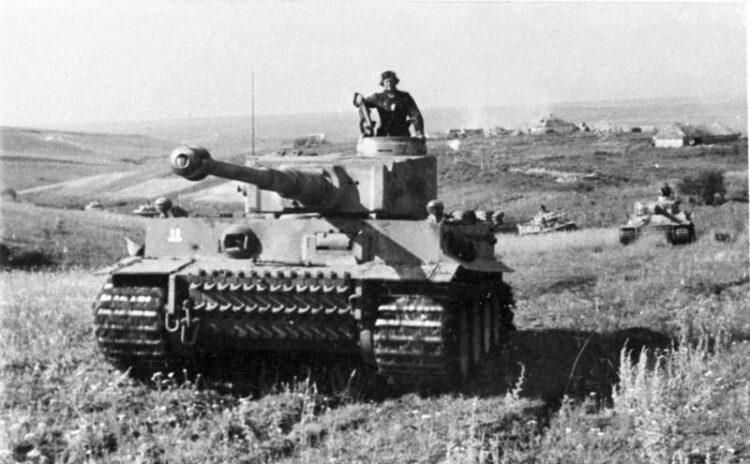
By then, Soviet ruler Joseph Stalin had received four million tons of U.S. weapons under the Lend Lease agreement. His own arms factories, having been transferred east beyond the Ural Mountains, were producing enormous qualities of tanks and planes.
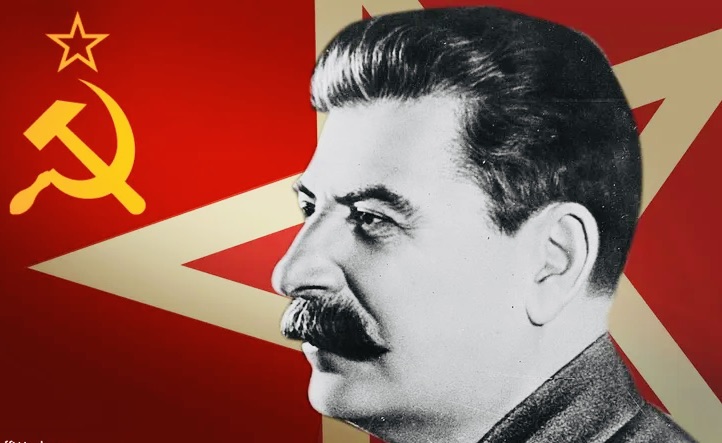
Before Germany could unleash Operation Citadel, the Red Army bombarded German lines ferociously. Having been tipped off about Germany’s intentions, the Soviets were fully prepared for the German offensive.
On July 6, in the largest tank battle in history, the Germans and the Soviets clashed in the battle of Ponyri. Soviet T–34 tanks were effective enough, but the Tigers were superior. The Panthers did not perform as expected. The Ferdinands, lacking machine guns to fend off attacks, were ruthlessly eradicated when cornered.
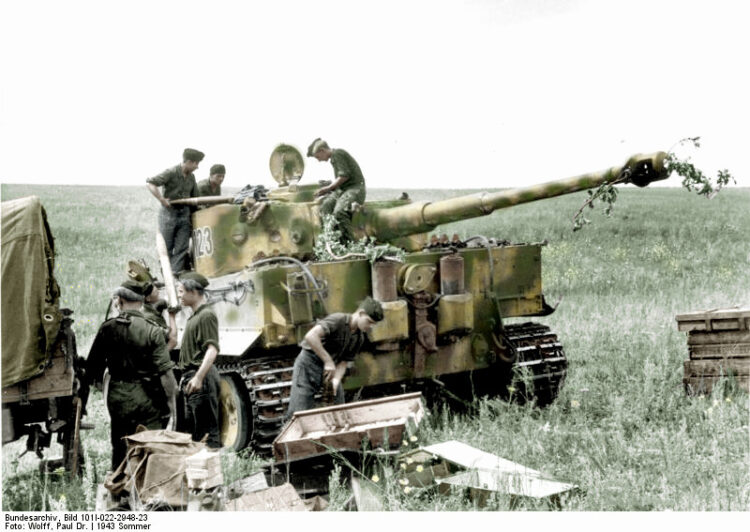
German losses greatly troubled Hitler, whose health correspondingly declined.
At the Battle of Kursk, which ended after 50 days, the adversaries deployed 12,00 tanks and artillery pieces and 3.5 million soldiers, one-third of whom were killed or wounded. After Kursk, the last major German offensive on the Eastern front, Hitler’s hopes of regaining the initiative and defeating the Red Army vanished.
It was definitely his last hurrah in the Soviet Union.
